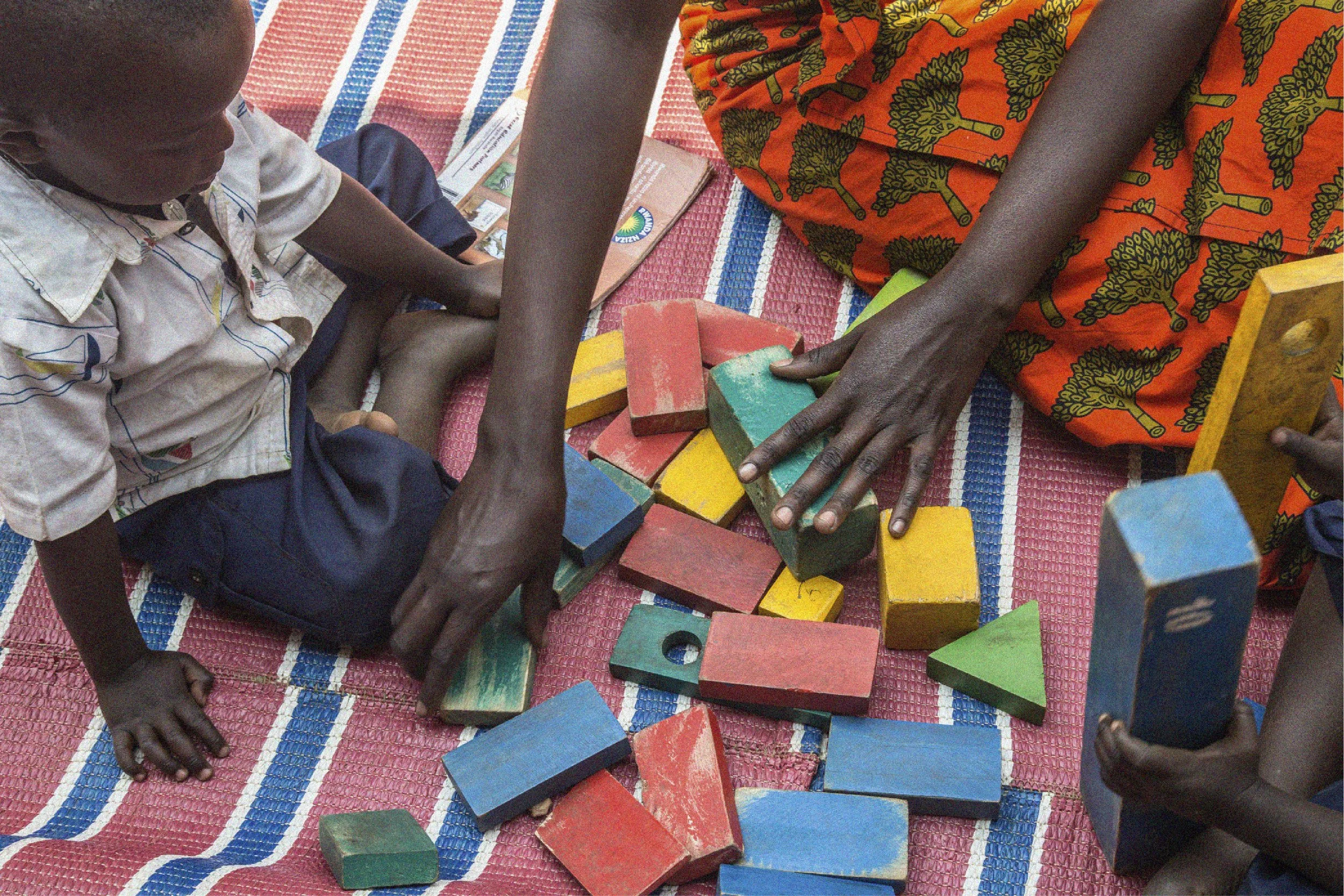STRATEGY GUIDANCE
03 Learn and Pilot
This step should help you identify:
A preliminary assessment of what aspects of your existing SRHR investments you may want to expand and which you want to wind down
How you might adapt existing investments to try out new tactics in response to the identified climate risks
A plan for trying new exploratory integrated climate-SRHR investments
Identify possible climate-informed changes to your SRHR approach to test out through existing and new investments
Key Questions
Stop / Wind-down: What current investment areas are at risk of being ineffective or may present diminishing returns due to the impacts of climate change?
Start / Explore: What opportunities to increase the climate resilience of SRHR programs and services do you want to invest in exploring? What anticipated impacts/trends do you need to start planning for?
Continue / Strengthen: Are there aspects of your existing strategy that will continue to be valuable in supporting women and girls’ resilience to climate impacts on their SRHR?
Work with existing grantees to adjust existing investments to include climate considerations
Considerations
Based on the findings from the risk/opportunity assessment, review suitable existing investments for “quick win” adjustments to support shared learning about how to integrate climate considerations and measure progress in building climate resilience and adaptive capacity for SRHR.
Together, identify activities that can feasibly be adapted to support climate adaptation aims within the existing scope and investment timeline.
Adapt budget lines to support additional training or resources to meet these aims. Remember that grantees who have been primarily working in a narrow focus area will need support to expand their focus and think in new systems-minded ways.
Work with grantee partners to identify additional process and outcome MEL indicators that will enable you to monitor progress towards climate resilience goals. See our MEL page for ideas and guidance.
Have intentional checkpoints with your grantee partners to review what’s working, what’s challenging, and what evidence gaps are emerging. Aim to gather early evidence and proof of concept to inform new pilot investments and, ultimately, support longer-term portfolio strategy development.
Pilot new integrated climate-SRHR investments
Considerations
After gathering initial learnings and evidence, and making adjustments with your existing grantee partner(s), identify where you want to make new exploratory investments.
Develop and advertise a climate-informed RFP for small, time-bound, exploratory investments explicitly at the intersection of climate and SRHR.
Focus the RFP round on small, rapid-cycle experiments designed to help you and your grantee partners learn more about what works and then adjust accordingly.
When releasing the RFP, consider hosting an informational webinar for prospective applicants that gives an overview of the linkages between climate and SRHR and helps applicants reflect on this intersection before developing a proposal.
Incentivize organizations to apply with “unconventional,” cross-sectoral partnerships (e.g., an SRHR organization pairing with a climate-smart agriculture organization).
Earmark funding specifically for relationship-building among cross-sectoral grantees and for participatory community consultation processes, beyond what you might have typically earmarked in past grant rounds.
When scoring applications, consider relaxing requirements for rigorous proof-of-concept evidence from potential grantees. As a sector, we don’t have strong evidence yet about what solutions work to maintain or improve SRHR outcomes in the face of climate stresses and shocks. When scoring applications, you might increase the weighting on “innovation” or “community engagement” as key scoring criteria, and lower the weight on “evidence of impact.”
Here are some examples of exploratory climate-health funding approaches to support innovative, locally-led solution development:
Grand Challenges Canada- STARS program
Burroughs Wellcome Fund - Climate-Health Seed Funding
Panorama Global and NVF’s investments in climate-SRHR advocacy



